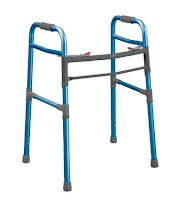 |
| 3M Littman Cardiology III Stethoscope |
Different medical and emergency professionals require vastly different supplies and equipment. An EMT, cardiac nurse, and general practitioner will each need their own individual paraphernalia to suit their career obligations. One universal tool that every practitioner – regardless of type, education level, or specialty – needs is the common stethoscope. Every office, ambulance, hospital, clinic, facility, and trauma bag is equipped with a stethoscope. Scopes are available in a huge variety of styles and colors with customizable features and attachments for the perfect fit, no matter your taste or profession.
Who needs a stethoscope?
Virtually everyone who responds to medical needs will use a stethoscope on a regular basis. An EMT or other emergency responder should keep one in his or her bag; a nurse, physician’s assistant, or doctor uses one on practically every patient; respiratory therapists rely on scopes to determine treatment courses and measure progress; and medical professors demonstrate proper technique and listening methods.






